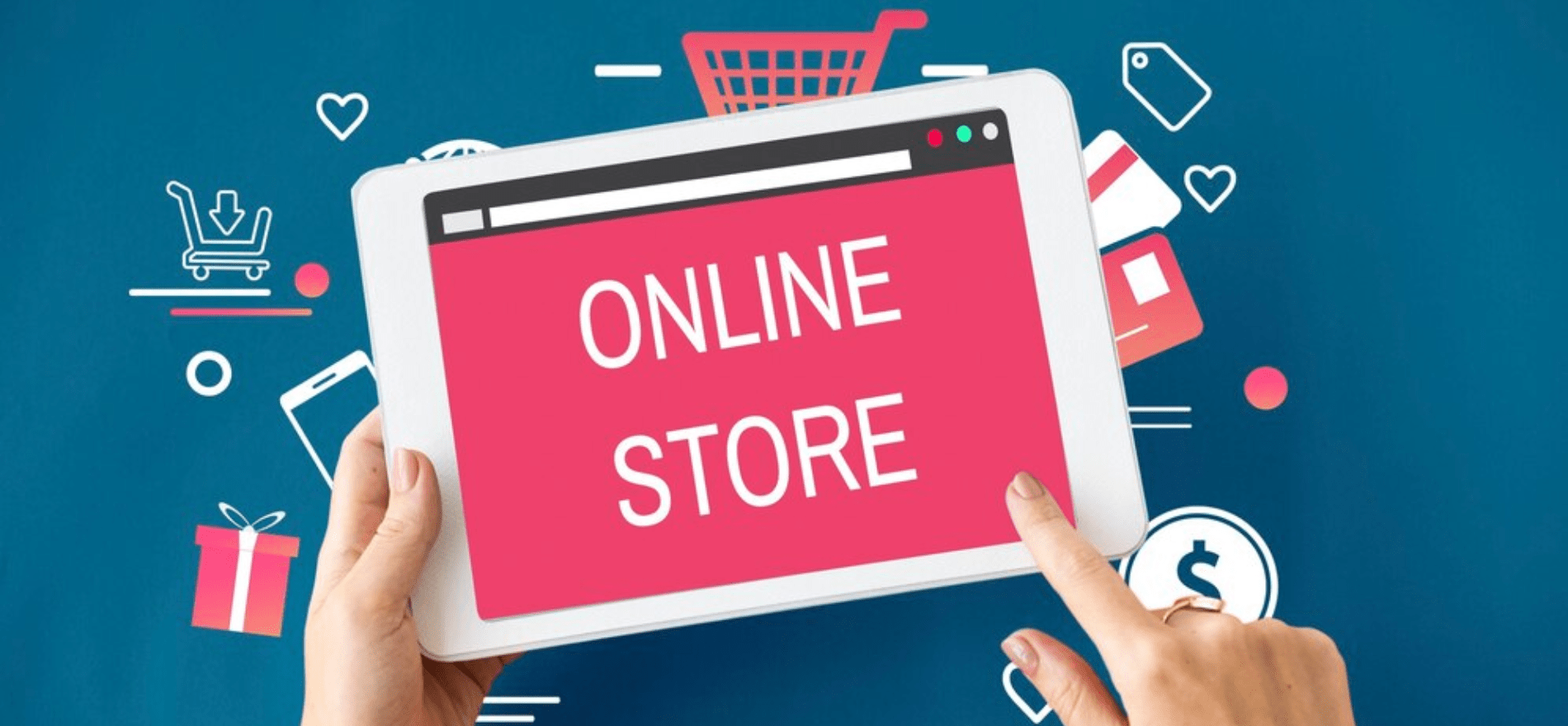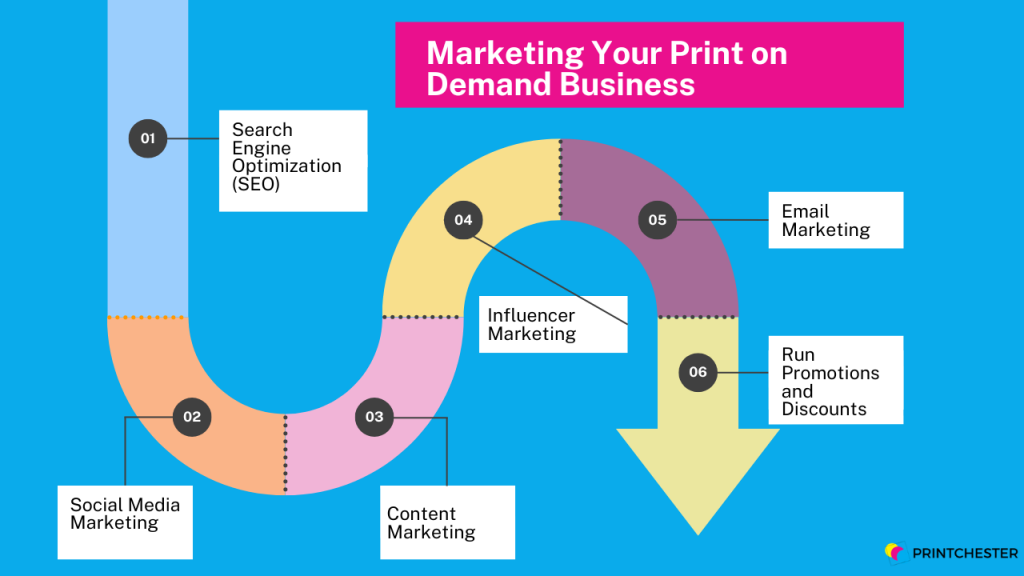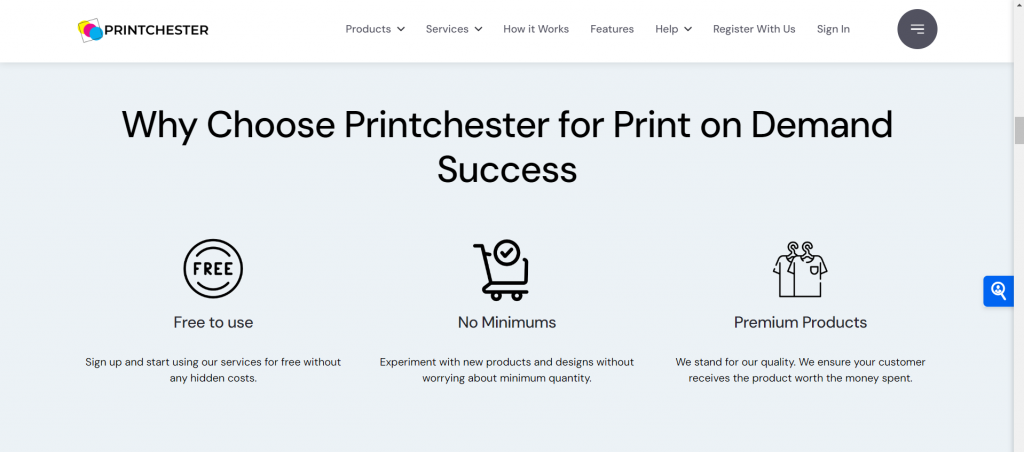How To Sell Online in 2024: The Ultimate Guide to E-commerce Success

There’s a significant journey between coming up with an idea and generating a full-time income from your online business. Learn how to sell online in 9 simple steps.
Selling products online offers limitless opportunities. You can reach to your customers anywhere in the world and build a profitable business, whether you want to be highly involved or take a more hands-off approach.
However, achieving this isn’t as easy as it may sound. You’ll need to brainstorm an idea for your online business, create a website, and complete several other tasks before you start earning a steady income. This guide is here to help. Below are the nine essential steps you need to follow to start selling online.
How To Sell Online - Step by Step Guide
1. Identify a competitive niche

With numerous entrepreneurs running online stores, you need a unique element to make your business stand out. Select a niche that interests you and identify high-demand products within that niche that you can sell at a premium price.
Conduct competitor research
Determine who your competitors are for your target audience’s attention by performing competitive research. Analyze their marketing strategies, target audience, and pricing. Use their strengths as inspiration for your own e-commerce business.
Validate your idea
One of the most challenging aspects of selling online is settling on a business idea. Whether you’re operating your store from home, balancing it with a day job, or pursuing it as a creative endeavor, ensure you have a solid idea before moving to the next stage.
Draft a business plan
Once you know what you’re selling and who your competitors are, compile this information into a business plan. This document should outline your company’s purpose, mission statement, competitive analysis, and marketing strategy.
2. Define your target audience

Your target audience comprises the individuals you aim to sell to online. Identify them through surveys and competitor analysis, then create detailed buyer personas to focus your marketing efforts.
Conduct customer surveys
Customer surveys help you understand your ideal customer’s mindset. Utilize quizzes, one-on-one usability tests, and group feedback sessions to discover the wants and needs of your target audience.
Analyze a competitor’s audience
When you begin selling products online, you’ll need to attract a competitor’s audience to your store. Use competitive analysis to uncover the customer personas your competitors are targeting. Highlight your unique value proposition to distinguish your brand.
Create buyer personas
Buyer personas are fictional profiles that represent your ideal customers. Include details such as their pain points, interests, hobbies, demographics, and job titles. Use these personas to ensure your marketing campaigns effectively target the right audience—those most likely to purchase from you.
3. Choose the Products You Will Sell

After selecting your niche and identifying your target audience, it’s time to decide on the specific products you’ll offer. For a print on demand or dropshipping business model, you’ll need to determine whether to start with a single product or a product line. Your choices here will significantly impact the success of your e-commerce store.
Select a Business Model
Print-on-Demand (POD): This model allows you to customize and sell products such as t-shirts, hoodies, sweatshirts and more. The products are produced only when an order is placed, eliminating the need for any upfront investment or inventory. POD is excellent for creative entrepreneurs who want to offer unique, personalized items.
Learn more: What is Print on Demand and How It Works in 2024

Dropshipping: This model involves partnering with suppliers who manage inventory and ship products directly to your customers. You don’t need to handle physical stock, making it a low-risk and easy way to start selling online. Popular dropshipping products include electronics, fashion items, and beauty products.
Identify Popular Products
For print-on-demand, consider trending items like custom apparel, home decor, and accessories. Tools like Google Trends, social media insights, and POD platforms’ trending lists can help you identify in-demand products.
For dropshipping, use market research tools to discover high-demand categories. Platforms like Printchester and AliExpress offer insights into popular dropshipping products.
Set Competitive Pricing
Pricing your products correctly is crucial. While a high profit margin is desirable, your prices must also appeal to your target audience. Research your competitors and analyze market trends to set prices that balance profitability with customer attraction.
4. Create an Online Store
Your online store is a digital storefront where your customers will browse products and complete purchase. If you’re working with a limited budget and want to test your product idea before fully committing, consider using an entry-level option like Shopify’s Starter plan, which provides essential tools for $5 per month.
Build Essential Pages
After securing a domain name, start creating the necessary pages for your store. Ensure you have product pages, category pages, an about page, a contact us page, and an FAQ section. These pages provide the information shoppers need to trust your store and make purchases.
Enhance the Checkout Process
Optimize your checkout process to reduce shopping cart abandonment. Use a streamlined, Shop Pay–optimized checkout to improve conversion rates by up to 50%. A smooth, one-click transaction process enhances the customer experience and increases sales.
Manage Inventory
For print on demand and dropshipping, effective inventory management means keeping track of your suppliers’ stock levels. Choose an e-commerce platform that integrates with your suppliers to ensure you always have up-to-date inventory information and avoid stockouts.
5. Select Your Sales Channels

Choosing the right eCommerce sales channels is essential for reaching your target audience.
Your Online Store
Having your own website allows direct sales, maintaining high profit margins by eliminating middlemen, and enabling you to collect valuable customer data for personalization. This setup gives you full control over who buys what from your store.
Online Marketplaces
Selling on online marketplaces like Amazon, Etsy, and Facebook Marketplace exposes your products to a larger audience. These platforms charge transaction fees, so use them as supplementary channels to boost visibility and sales.
Social Commerce
Connect with your customers or prospects on social media platforms like Instagram, TikTok, and Pinterest. They allow you to showcase your products, engage with your audience, and drive sales directly through social commerce features.
B2B or Wholesale
Consider selling wholesale to other retailers. This approach involves providing products in bulk at lower prices, helping you increase sales volume without significant marketing expenses. Explore wholesale marketplaces to connect with potential B2B buyers.
6. Set Up Payment Processing
A reliable payment processor is essential for handling transactions securely.
Credit and Debit Cards
Most online shoppers prefer using credit or debit cards. Ensure your e-commerce platform supports credit card transactions, requesting authorization from the customer’s bank to process payments and transfer funds to your merchant account.
Digital Wallets
Digital wallets like Razor Pay streamline the purchasing process by storing customers’ credit card information. This reduces friction at checkout, making it easier for customers to complete purchases and boosting conversion rates.
7. Choose Your Shipping Methods
Efficient shipping is crucial to customer satisfaction.
Domestic Shipping
Shipping within the same country is generally cheaper. Compare different couriers, packaging materials, and shipping zones to reduce costs and improve customer satisfaction.
International Shipping
Develop an international shipping strategy to reach customers worldwide. Consider the regulations, costs, and logistics of shipping to different countries to ensure a smooth delivery process.
Omnichannel Fulfillment
For print-on-demand and dropshipping, your suppliers typically handle fulfillment. Ensure your suppliers have efficient processes in place for picking, packing, and shipping orders. Regularly communicate with them to maintain high service standards and meet customer expectations.
8. Market Your Online Store

Effective marketing is important for attracting customers and driving sales. Utilize the below strategies to reach your target audience and grow your brand.
Search Engine Optimization (SEO)
Optimize your online eCommerce store for search engines to enhance visibility and attract organic traffic. Incorporate relevant keywords into product titles, descriptions, and meta tags. Create valuable high-quality blog posts and guides related to your niche to boost your SEO efforts.
Social Media Marketing
Utilize online social media platforms to promote your products and engage with your audience. Share compelling visuals, videos, and stories to showcase your products effectively. Run targeted campaigns on Facebook, Instagram, and TikTok to reach potential customers.
Email Marketing
Build an email subscriber list and offer incentives like discounts or exclusive content. Regularly send newsletters with updates, promotions, and personalized recommendations to keep subscribers engaged and encourage repeat purchases.
Influencer Partnerships
Collaborate with social media influencers in your industry and expand your reach and build credibility. Partner with influencers who align with your core brand values and resonate with your audience. Authentic endorsements and product placements can significantly boost visibility and drive sales.
Paid Advertising
Invest in paid advertising campaigns across Google Ads and social media channels. Utilize advanced targeting options to reach specific customer segments and drive traffic to your online store. Monitor campaign performance closely and adjust strategies based on analytics to maximize ROI (Return on Investment).
9. Monitor and Improve Your Store’s Performance
Continuously monitoring and improving your online store’s performance is important for sustainable growth and customer satisfaction.
Track Key Performance Metrics
Monitor key performance indicators (KPIs) such as website traffic, conversion rates, average order value (AVO), and customer acquisition cost. Use analytics tools like Google Analytics and your e-commerce platform’s analytics to gain insights into customer behavior and campaign effectiveness.
Gather and Analyze Customer Feedback
Collect customer product and service feedback through surveys, reviews, and social media interactions. Analyze this feedback to understand customer preferences and identify areas for improvement in products, customer service, and overall shopping experience.
Optimize Product Listings
Regularly update product listings with high-quality images, detailed descriptions, and competitive pricing. Test different variations of product titles, descriptions, and visuals to optimize conversion rates and improve product discoverability.
Enhance Customer Support
Provide exceptional customer support across multiple channels such as live chat, email, and phone. Promptly address customer questions and resolve issues to build trust and loyalty. A positive customer experience can bring more repeat purchases and positive word-of-mouth recommendations.
Stay Ahead of Industry Trends
Stay updated on emerging eCommerce trends and innovations in the e-commerce industry. Adapt your marketing strategies and business operations to monetize on opportunities and stay competitive in the rapidly evolving digital marketplace.
Low Risk, High Reward: The Benefits of Print on Demand Dropshipping

The world of e-commerce is booming, and print on demand (POD) dropshipping offers a unique and exciting way to jump in. Here’s why you should consider this approach for your online business:
Low Startup Costs
Forget about buying and storing mountains of inventory. With POD, you only pay for items when a customer orders. This eliminates a huge financial hurdle, making it perfect for new entrepreneurs or those testing product ideas.
Reduced Risk
No more dead stock! If a design flops, you simply remove it from your store. There’s no risk of getting stuck with unsold inventory that eats away at your profits.
Scalability Made Easy
Adding new products is a breeze. With POD, you can experiment and expand your offerings quickly based on customer demand.
Focus on Your Strengths
You’re the creative genius behind the designs! POD lets you channel your energy into designing and marketing your brand, while the printing, fulfillment, and shipping are handled by the POD service.
Wide Product Range
Unleash your creativity! POD allows you to customize a vast array of products, from t-shirts and hoodies to phone cases and wall art. This lets you cater to diverse audiences and interests.
Quality Control
While you don’t directly control production, many POD services offer high-quality printing and materials. However, it’s important to research and choose a reputable provider to ensure your customers receive excellent products.
Passive Income Potential
Once your online store is set up and running, POD can become a great source of passive income. New orders translate to automatic production and fulfillment, freeing up your time to focus on other areas of your business.
POD dropshipping isn’t a magic bullet, but it offers a compelling option for anyone to launch a low-risk, high-reward online business. So unleash your creativity, choose a reliable POD service, and get ready to sell!
Sell online using Printchester without any investment

Selling online with Printchester offers a no-investment way to start an e-commerce business using print-on-demand:
- Sign Up and Design: Create custom products like t-shirts and mugs with your designs.
- Zero Inventory: Printchester handles printing, packaging, and shipping directly to your customers.
- Create Your Store: Customize your online storefront with your branding and products.
- Set Your Prices: Determine your profit margin by setting prices above Printchester’s base costs.
- Marketing: Use digital marketing strategies to drive traffic and sales to your Printchester store.
Starting with Printchester allows you to focus on creativity and marketing without the financial risks of inventory or production costs.
Conclusion
Launching and growing an online business with print-on-demand or dropshipping models provides flexibility and lower entry barriers in e-commerce. By implementing these steps and continuously refining your strategy, you can sell online that resonates with your audience and achieves sustainable business growth.
-
1.Identify a competitive niche
-
2. Define your target audience
-
3. Choose the Products You Will Sell
-
4. Create an Online Store
-
5. Select Your Sales Channels
-
6. Set Up Payment Processing
-
7. Choose Your Shipping Methods
-
8. Market Your Online Store
-
9. Monitor and Improve Your Store’s Performance
-
10. Low Risk, High Reward: The Benefits of Print on Demand Dropshipping
-
11. Sell online using Printchester without any investment
-
12. Conclusion
